10 Best Free Digital Planner Apps in 2025

Sorry, there were no results found for “”
Sorry, there were no results found for “”
Sorry, there were no results found for “”

It’s the beginning of the week, and it’s time to jot down the top three most important tasks for the day, set up reminders, and look through and edit last week’s notes.
But wait.
Should you do it in Google Docs? The new planning app your friend introduced you to? Or keep it simple and stick with the notes app on your phone?
You’ve likely found yourself in this scenario more than once if you haven’t had luck finding a digital planner.
Granted, just about every daily planner out there do most basic tasks. But few unify and centralize just about every one of your planning needs in one platform.
To help inform your quest for the best digital planner, we’ve compiled a list of all the options worth considering below.
Let’s dive into the specifics.
One of the most significant features of a planner is user-friendliness. It’s hard enough to stick to a digital planner tool long-term—don’t make it harder on yourself by trying to work a digital planner that’s rigid and clunky into your daily life.
An excellent digital planner makes it easy to centralize all your tasks. This means it’s always a good idea to check what other applications you’re likely already using (think Gmail or Slack) so that it integrates easier with your existing workflow.
Though it’s a matter of preference, the more integrations and features a digital planner has the better. Why? It’s one of the best ways to reduce the number of applications you often have to use to juggle doc creation, keeping track of invoices, reminders, or even the progress of any of your projects. 📚
Our editorial team follows a transparent, research-backed, and vendor-neutral process, so you can trust that our recommendations are based on real product value.
Here’s a detailed rundown of how we review software at ClickUp.
As a digital planner, think of ClickUp as the all-in-one tool that takes care of anything from the simplest to the most complex planning needs for teams and individuals alike. Yeah, it comes with tons of features and is hyper-customizable—perfect for the digital planner that’s very particular about how they track and manage work (or their personal lives). 📖
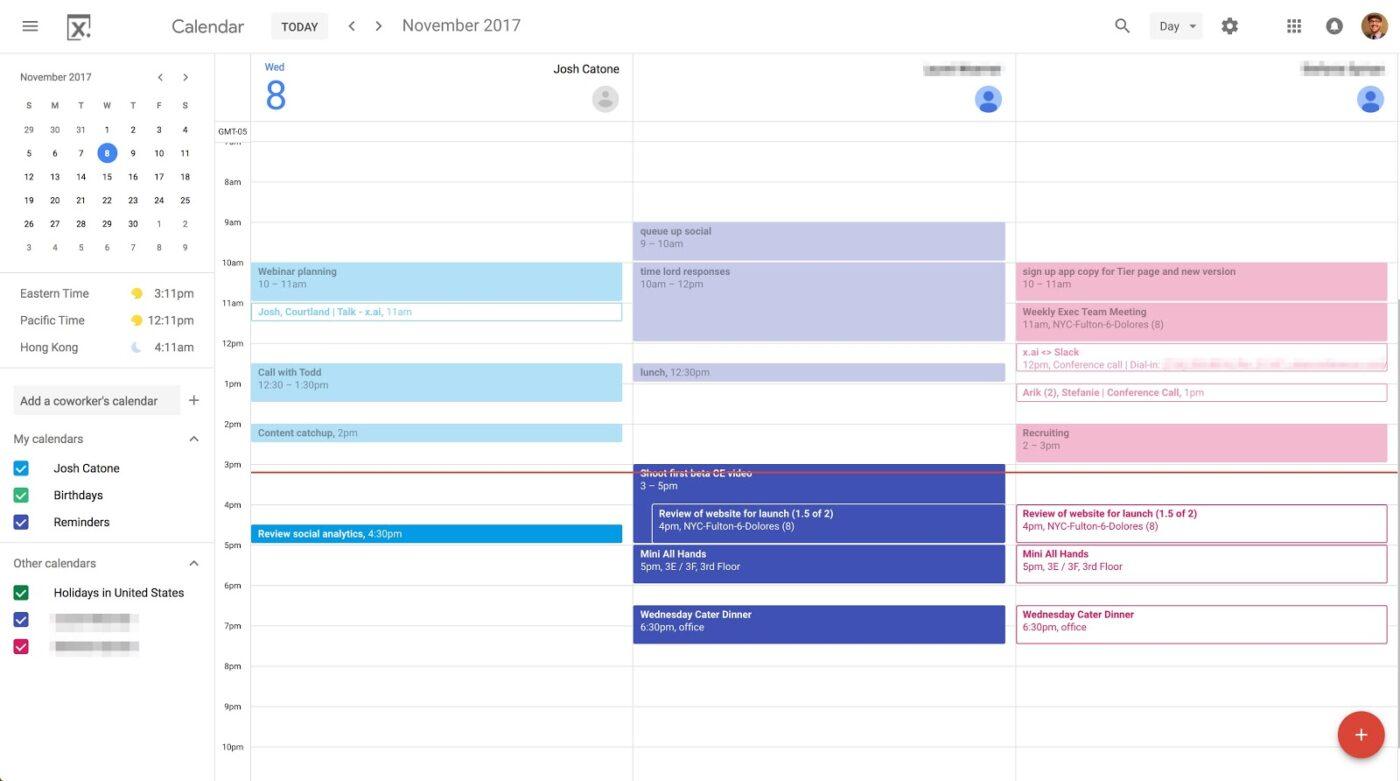
You know Google Calendar as one of the original digital planner platforms. Its scheduling features make it easy to get through the workday in one piece without overlapping meetings, work time, or “me” time.
Though basic, Google Calendar still offers some great planning features that work for the right user or as an integration for an app you’re already using. It’s easy to use as a daily planner or weekly planner app. You can also schedule events throughout the year with its easy-to-use interface.
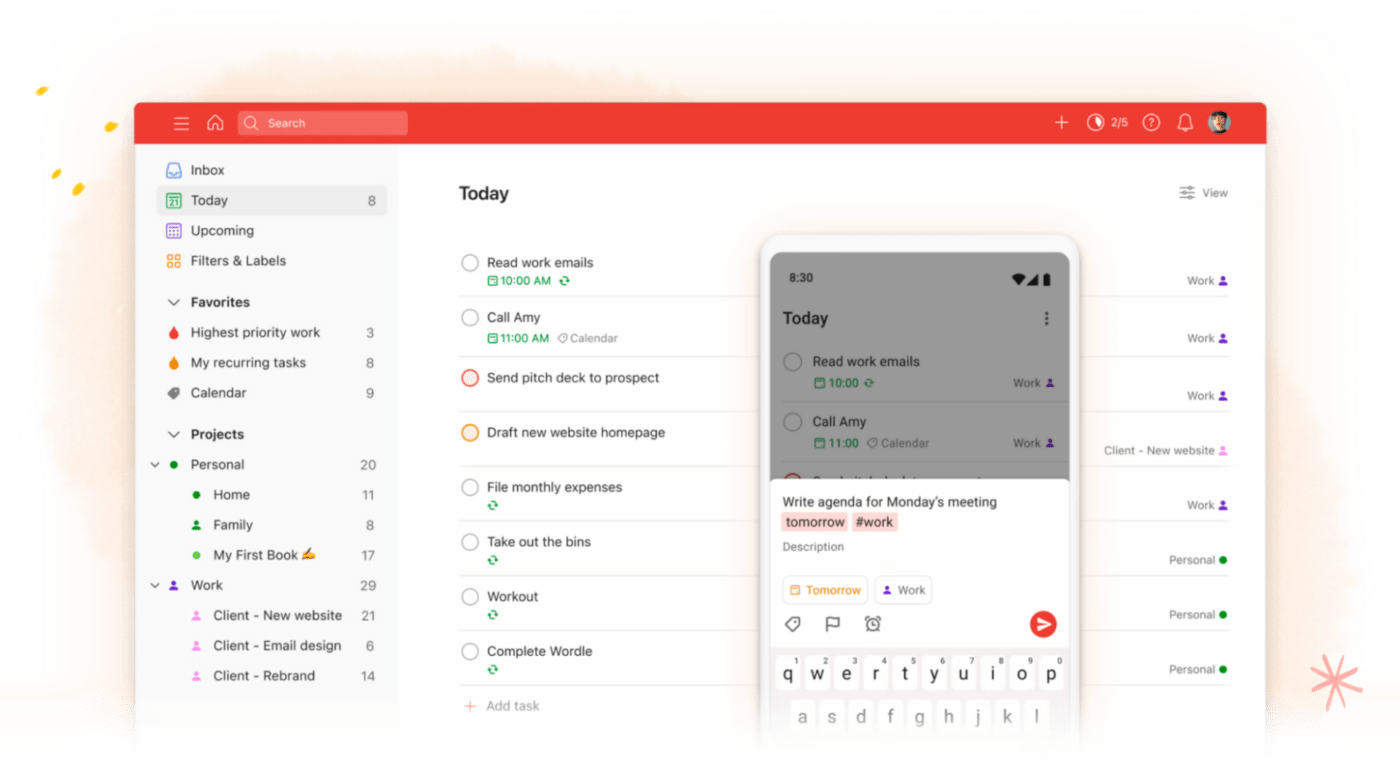
Todoist is a digital planner app that helps users stay organized and productive. It comes with a range of features and tools, such as task and some basic project management, do-lists (AKA to-do lists), reminders and notifications, and the ability to create custom filters.
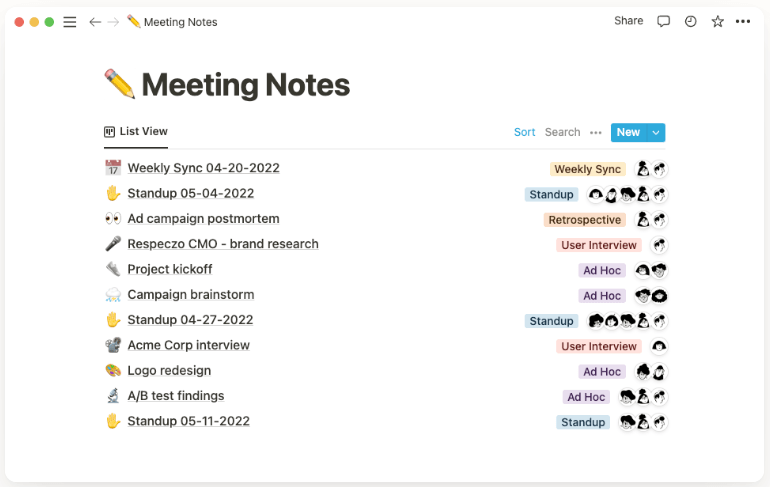
Notion is user-friendly and a great choice for individuals who like getting creative with their digital planner by starting with a blank canvas. It offers useful tools and features, including task management, a calendar view, and customizable task rows and columns.
Plus, its users synchronize their data across multiple devices, share their planning information, and integrate with other applications for maximum productivity.
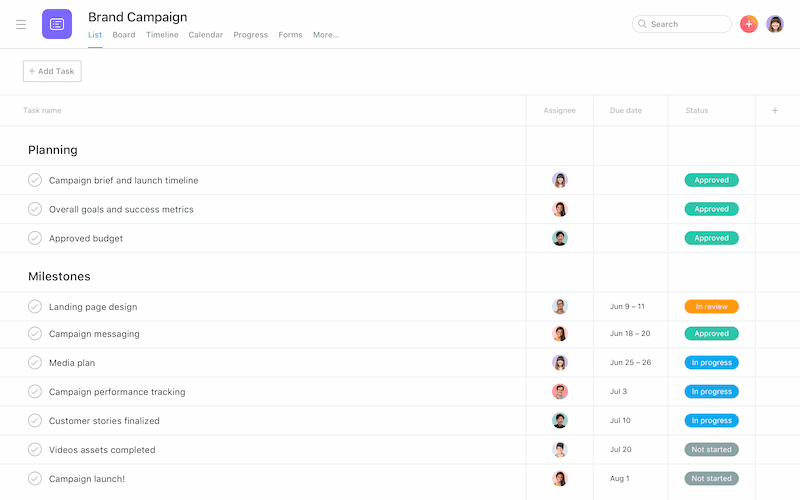
If you enjoy digital planners with more of a framework or project manager approach to a workflow, then Asana is worth considering. It offers users a wide range of features, such as classic task and project management software, a calendar view, custom templates, easy integration with other cool apps, and plenty of views.
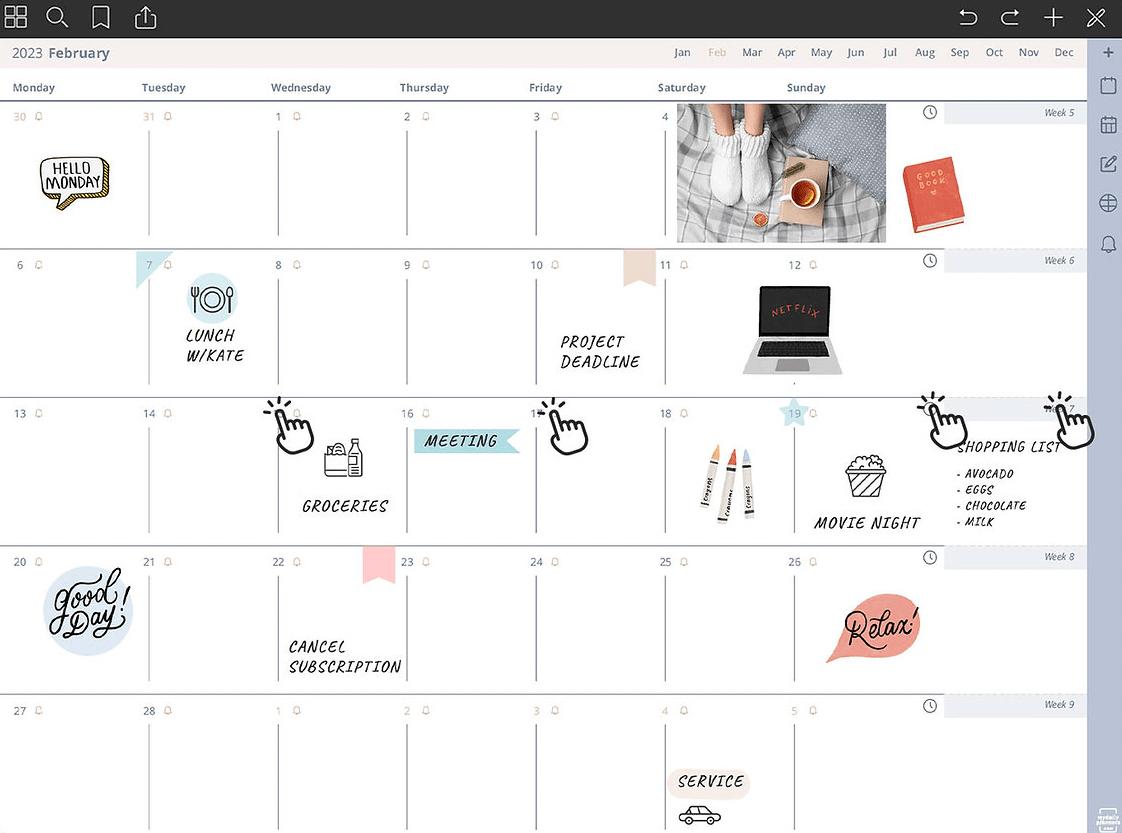
Mash GoodNotes, Google, and Apple Calendar together and you get MyDailyPlanners. This daily planner app has to-do list options and offers templated digital planners complete with links and reminder settings. This works a lot like bullet journals and more as digital planners that can be edited “by hand.”

If you’re a fan of a Kanban planning approach, look no further than Trello. As a digital planner, it’s a highly visual tool that uses cards to plan tasks and projects. Tag users, add checklists, link files, and set automated reminders to stay on top of all your tasks.
GoodNotes is an accessible iOS app that allows users to take notes or make sketches quickly and easily. The digital planner app features an intuitive interface that lets you create, organize, and edit documents.
It also includes a virtual library that allows users to store, manage, and access their notes with ease. Of the best digital planners, this one is ideal for more visual organizational tasks.
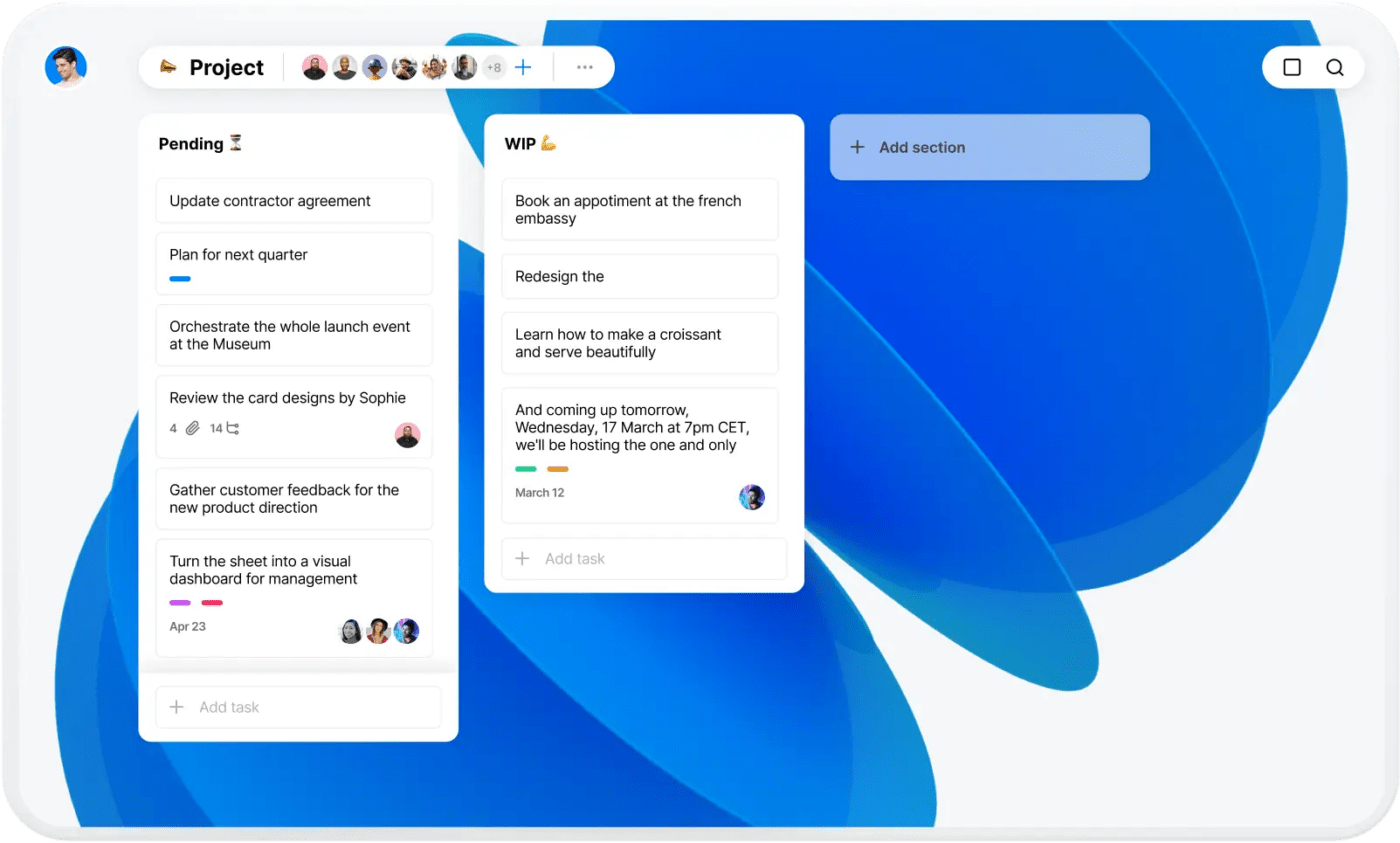
Any.do has an easy-to-use dashboard that lets you create your daily plan on the go. Of the best digital planners on this list, Any.do is quite simple to add notes and attachments to your list. You can even color-code your priorities.
It’s an excellent planner app for creating centralized task lists that are shareable with your team or to create a simple to-do list.
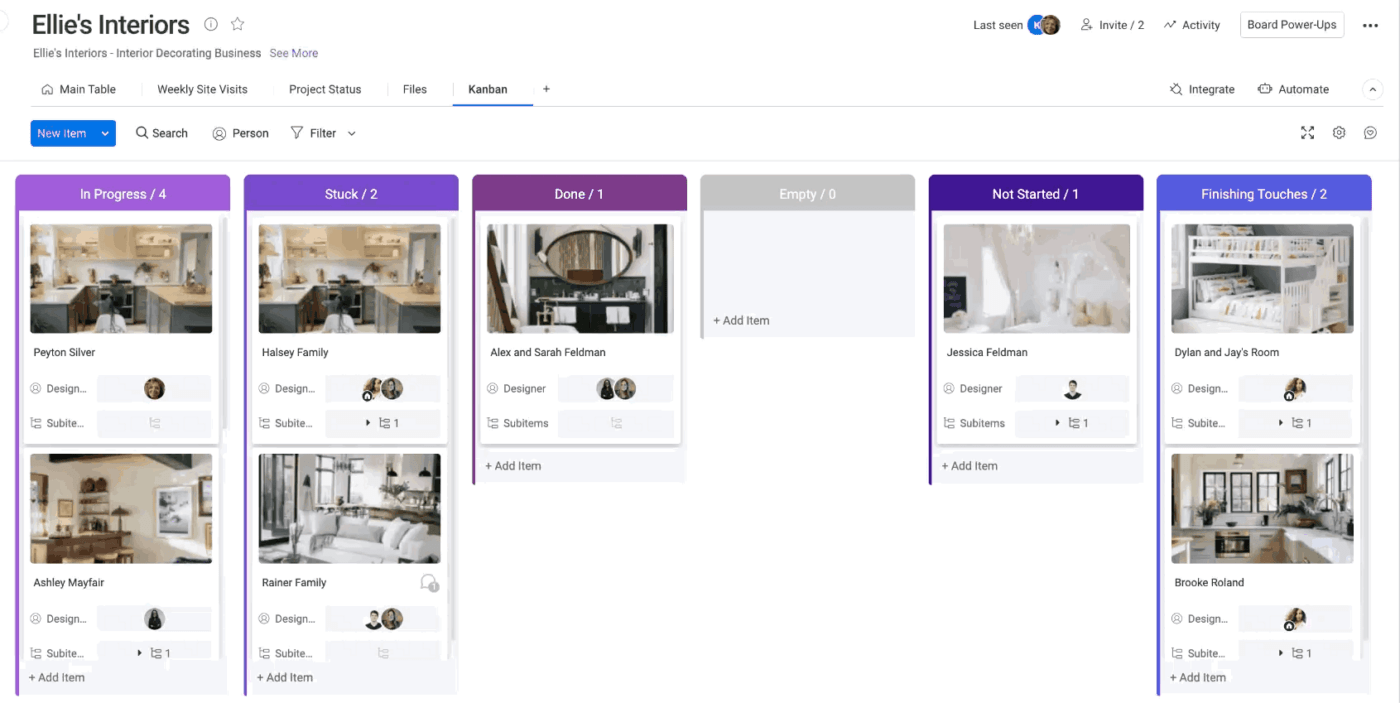
With Monday, users create projects, collaborate with team members, and track progress in one place. The platform features an intuitive drag-and-drop interface for task management, custom notifications for essential activities, and powerful automation capabilities.
Monday also integrates with hundreds of apps and services to help you work more effectively and get more done.
Looking for more digital planner apps? Check out this Sunsama alternatives guide!
The beauty of planning is that it isn’t a one-size-fits-all approach—it’s highly personal. With ClickUp, your quest to find the best digital planner app finally comes to a close.
Use it to brainstorm from scratch, create templates, and keep track of your most important tasks all in one place. ClickUp even lets you integrate multiple Google Calendars.
So you’re always on top of your personal planning needs and work projects. So start using ClickUp to ensure you have every tool you’ll need for your digital planning needs.
© 2025 ClickUp